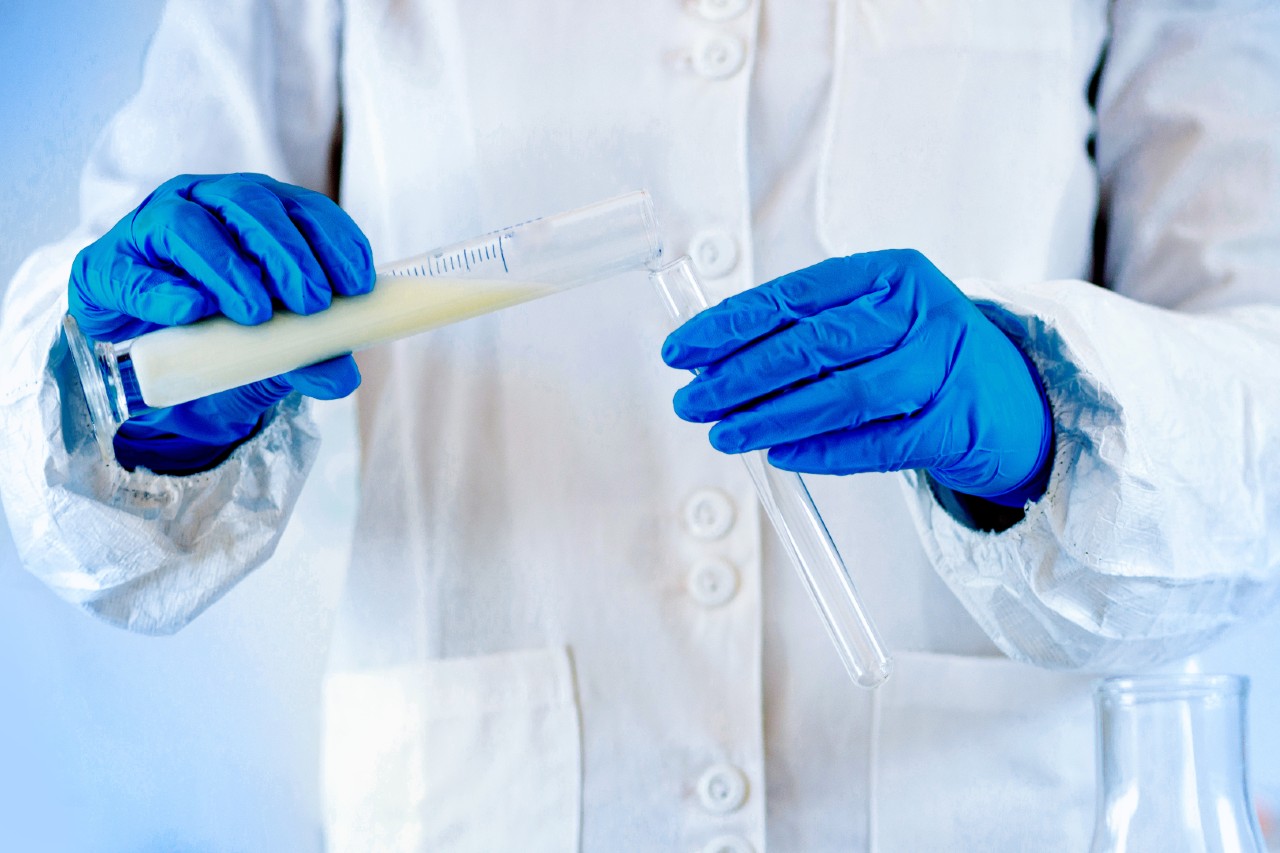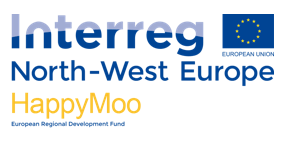ICBF is participating in a large-scale European research project called HappyMoo. The project aims to develop tools to identify cow welfare issues before they become a problem and affect performance. There are many different aspects to cow welfare and essential among them are freedom from hunger, stress, and disease. These are the areas that the HappyMoo research project is focusing on.
The project will use machine learning to identify patterns in milk spectral data that are associated with undesirable conditions in the cow. Milk spectral data is recorded when milk samples are analysed in a milk recording lab by mid-infrared machines. Essentially a mid-infrared laser is shined into a milk sample and the absorbance levels are recorded. Every analysed milk sample generates 1060 data points and when we consider the thousands of cows in the thousands of milk recording herds it does not take long to add up to Big Data. Therefore, these absorbance levels provide a deep dataset and in the HappyMoo project the spectral data will be correlated with phenotypes. Already, spectral data can be used to measure milk constituents, but it has also been shown to indicate difficult to measure phenotypes such as energy balance. The HappyMoo project will be one of the first attempts worldwide to correlate welfare phenotypes to milk spectral data. Cow spectral and phenotypic data from 13 partner organisations representing 7 European countries will be amalgamated in a large-scale research database.

Conditions that a cow is experiencing will leave a chemical imprint in the milk that should also be represented in milk spectral data. These imprints in the spectral data will be indiscernible to the human eye. However, machine learning can identify patterns in data that humans cannot. The basic concept for machine learning is that data from two different labelled groups are fed into an algorithm and by looping through the data the algorithm will “learn” the difference between the two groups. In our case, we hope to compare the spectral data of animals experiencing some form of stress or disease to healthy, happy animals and allow our algorithms to identify the difference. If successful, future milk spectral data can be fed into the “trained” algorithm to identify a similar spectral signature. The farmer could then be alerted to the problem potentially before the condition has impacted the animal’s performance.
Milk recording is a critical tool in a farmer’s arsenal to optimize herd performance. Currently milk recording data will increase the reliability of EBI values in individual cows and help monitor milk quality. Machine learning models developed in the HappyMoo project could be applied to the same milk samples that are currently collected for routine milk recording. This would provide a regular, cost-effective, individualised, and non-invasive monitoring tool of animal welfare at large scale. In turn, this aids farmers in making fast and efficient decisions on the individual care of cows with the aim of saving costs on farm and improving cow welfare.
To stay informed about the HappyMoo project, sign up for the newsletter at: https://www.nweurope.eu/projects/project-search/happymoo/#tab-4

